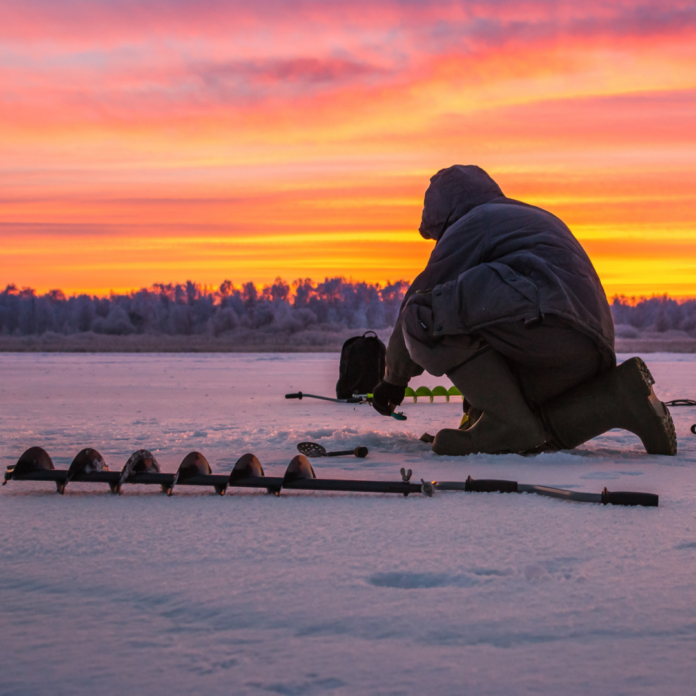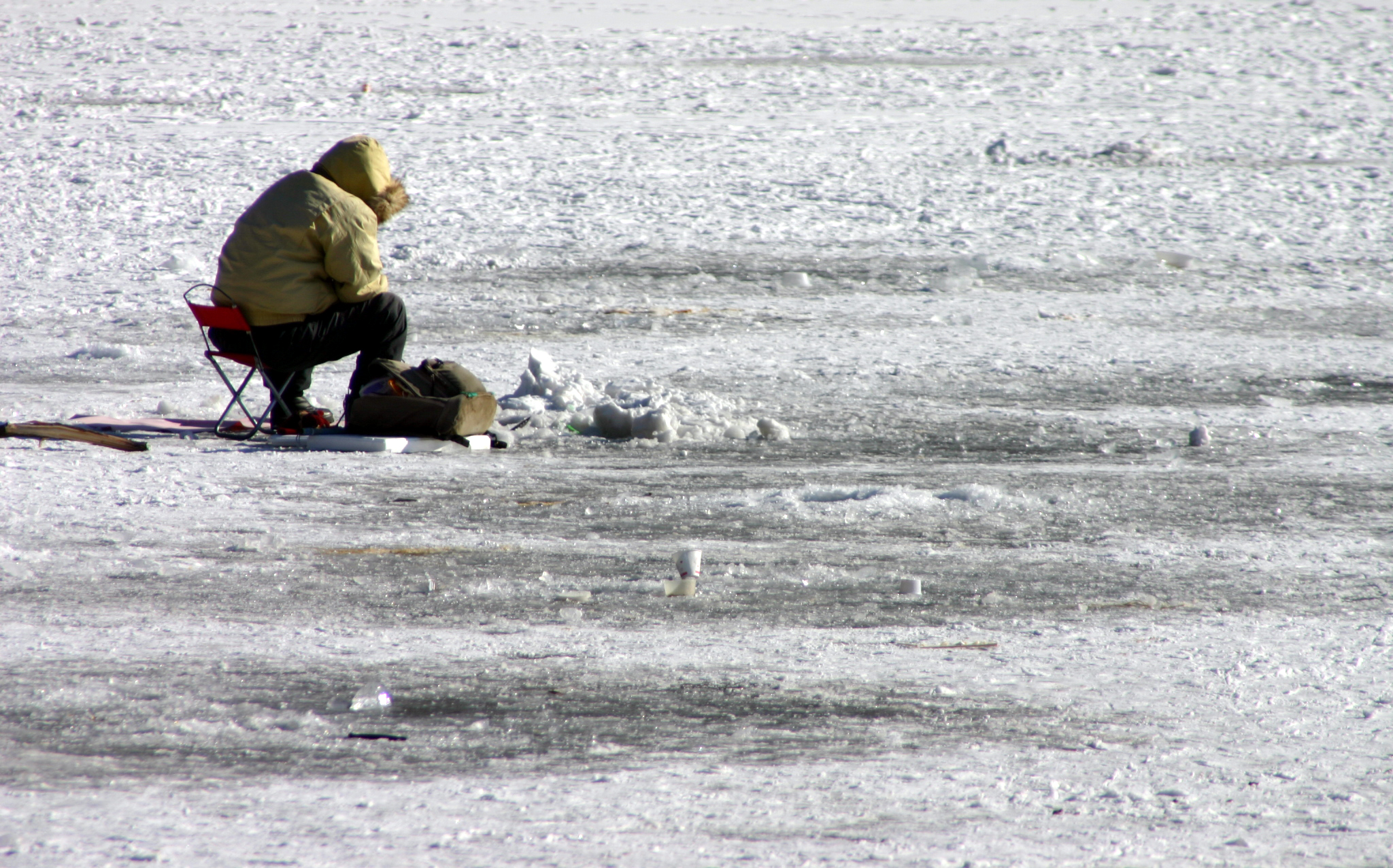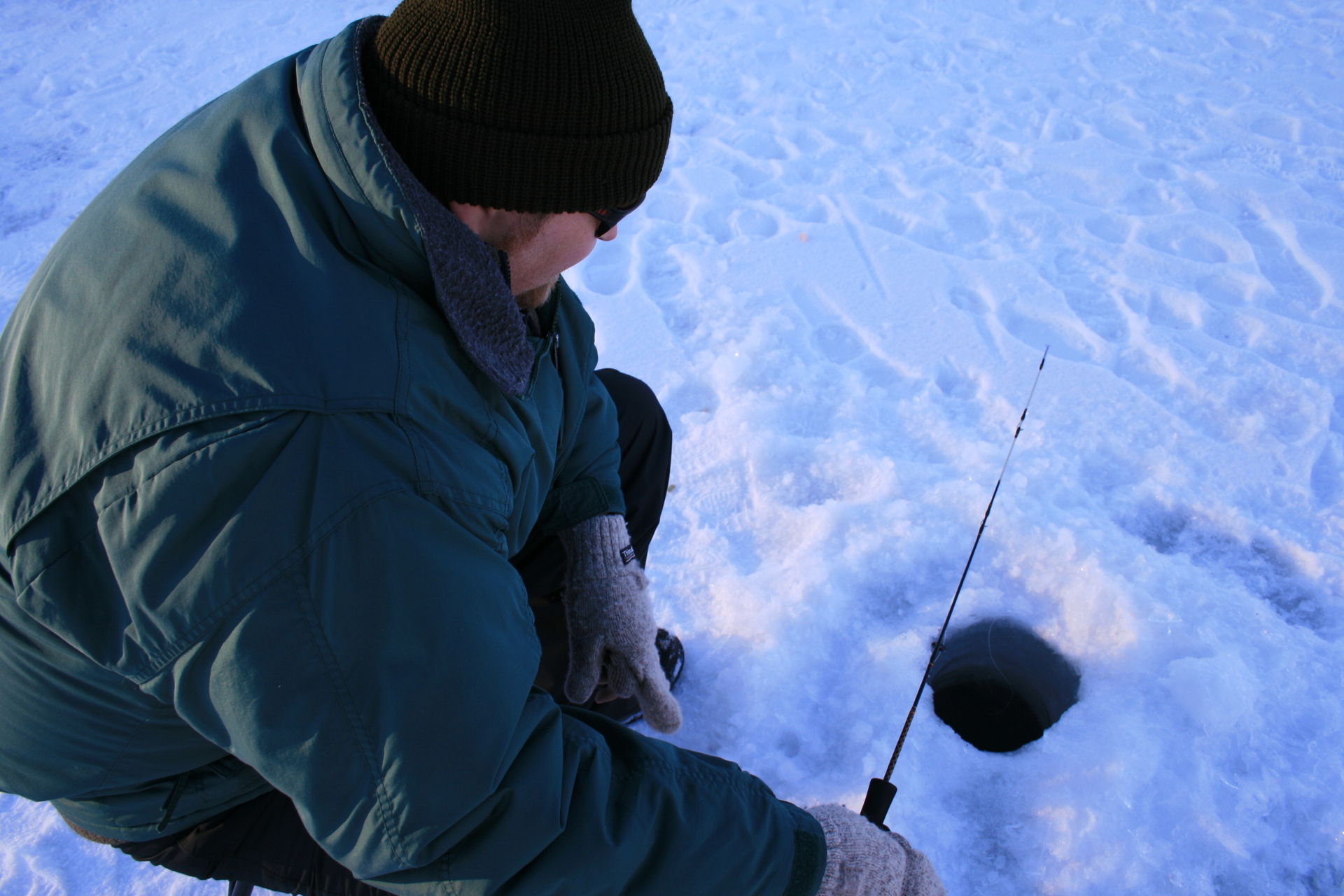Best ice fishing tips and tricks: Before you set out to cut a hole in the ice, it is absolutely imperative to assess whether the ice is thick enough to be safe for fishing.
Too many Westerners are unfamiliar with the icing phenomena, having lived in warm environments most of their lives. Thus, when they walk out on the ice, they have little idea of what constitutes a safe condition and can quickly put themselves into a very hazardous situation.
A good formula to to follow is to have at least 6 inches of ice underneath you at all times. Better yet, look for ice about 1 to 2 feet thick for that extra measure of safety. Ice much thicker than this will be too difficult to cut through.
If you plan to fish in such potentially dangerous conditions, do so with a buddy or near other ice fishermen in case help is ever needed.
Related Articles:
-
Ice Fishing Fish Finder, Tackle, Bait, Lures
-
California Ice Fishing
-
Gill Nets Under the Ice
-
Top Fishing Safety Tips
-
Tips on Bait Fishing a Stream
Veteran “cold footers” will have a game plan of sorts of where to start boring the holes. An area where a known creek exists with water that runs into the lake is an excellent spot to start. These is usually some kind of trout feeding activity along these cuts. Similarly, as noted, darker muddy bottoms are good, warm trout-holding areas to try.

Other Ice Fishing Tips and Tricks
Sometimes you can actually lie down on the ice and look through existing holes to see some trout.
A better idea is to pack a portable electronic fish finder. To obtain a good reading, first pour salad oil over the smooth ice and then place the transducer on that spot. You will be able to measure not only the depth but also the availability of any trout immediately in the area where the hole is to be drilled.
Ice fishermen like to cut out a series of holes, not just one. Do this in a wide circle, a straight line, or in a random pattern of your own design. There is a good reason for drilling so many openings: trout spook easily when the hole is bored as the sound is transmitted loudly through the cold water. By cutting a series of holes, you will give the trout time to return to a particular spot while you drill another.









